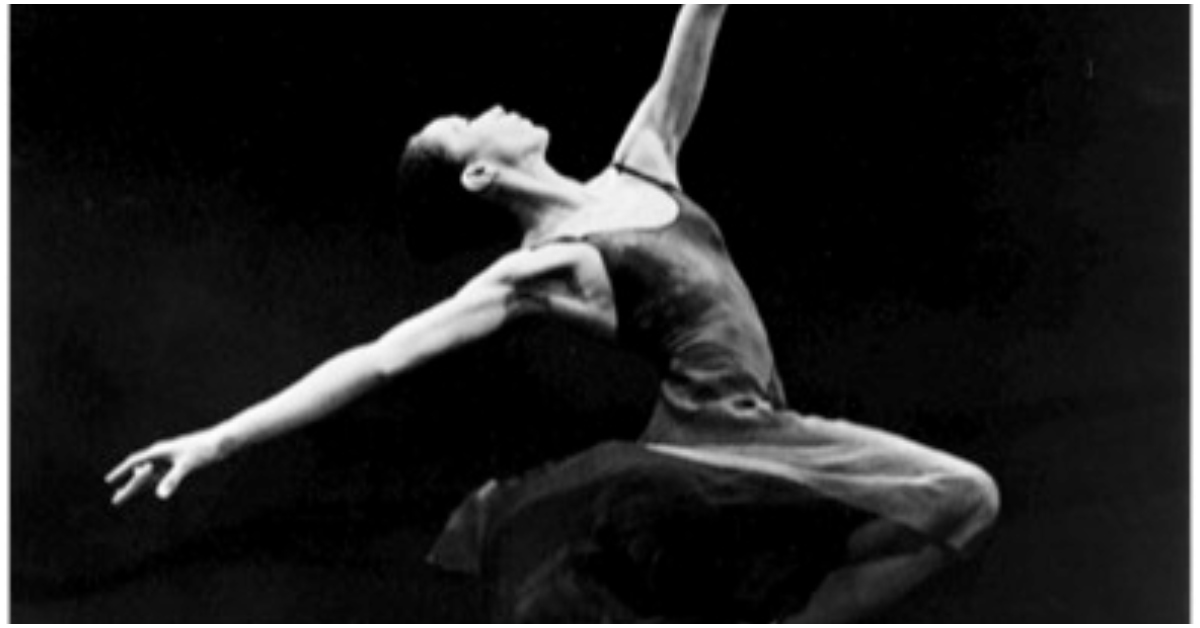A Pioneering Force in the World of Ballet
Dance Theatre of Harlem, founded in 1969 by Arthur Mitchell and Karel Shook, shattered racial barriers and became a beacon for black dancers worldwide. Born out of the civil rights movement, this visionary company was a bold statement of artistic resistance, creating a haven for dancers of all colors to excel in the classical ballet world.
“In that first company we were an extremely diverse group of people,” recalls Virginia Johnson, a founding member and later artistic director. “It was not about making a ‘black ballet company.’ It was to make people aware of the fact that this beautiful art form actually belongs to and can be done by anyone.”
Mitchell’s impulse to start Dance Theatre of Harlem was spurred by the assassination of Martin Luther King Jr. in 1968. Returning from Brazil, where he was assisting in the founding of the National Ballet, Mitchell decided to make a difference in his community by teaching ballet classes in Harlem.
Humble Beginnings and Inclusive Vision
The early days of Dance Theatre of Harlem were marked by humility and inclusivity. Mitchell began teaching in a converted garage, leaving the doors open for passersby to witness the magic unfolding. He relaxed the dress code to encourage enrollment, welcoming young men in jean shorts and T-shirts.
“Arthur Mitchell created this space for a lot of people who had been told, ‘You can’t do this,’ to give them a chance to do what they dreamed of doing,” Johnson says.
Mitchell’s mentor, George Balanchine, played a crucial role in the company’s development, granting them the rights to several of his ballets. This afforded Dance Theatre of Harlem a repertoire of recognizable modern classics, invaluable for the fledgling company.
Breaking Barriers and Spreading Beauty
Through the 1990s, Dance Theatre of Harlem continued to break racial and political boundaries, earning worldwide acclaim. They became the first American ballet company to perform in Russia after the fall of the Soviet Union and made a powerful statement during their 1992 tour to South Africa at the tail end of apartheid.
“Nowadays, we’re in an electronic age where we don’t really understand or even appreciate the notion of the live performance of an art form that is so rigorous,” Johnson reflects. “So we really need to rebuild that sense of inspiring another generation of dancers to come forward.”
As Johnson retired in 2023, passing the baton to Robert Garland, Dance Theatre of Harlem remains an elegant example of what is possible when an inclusive approach to art is allowed to evolve and thrive.





